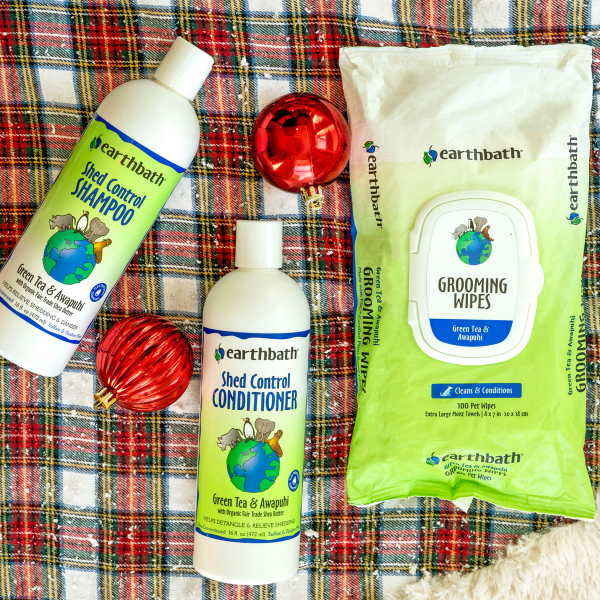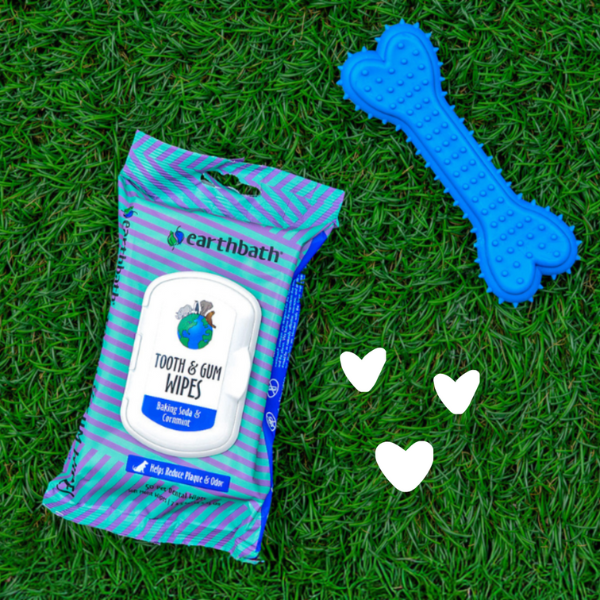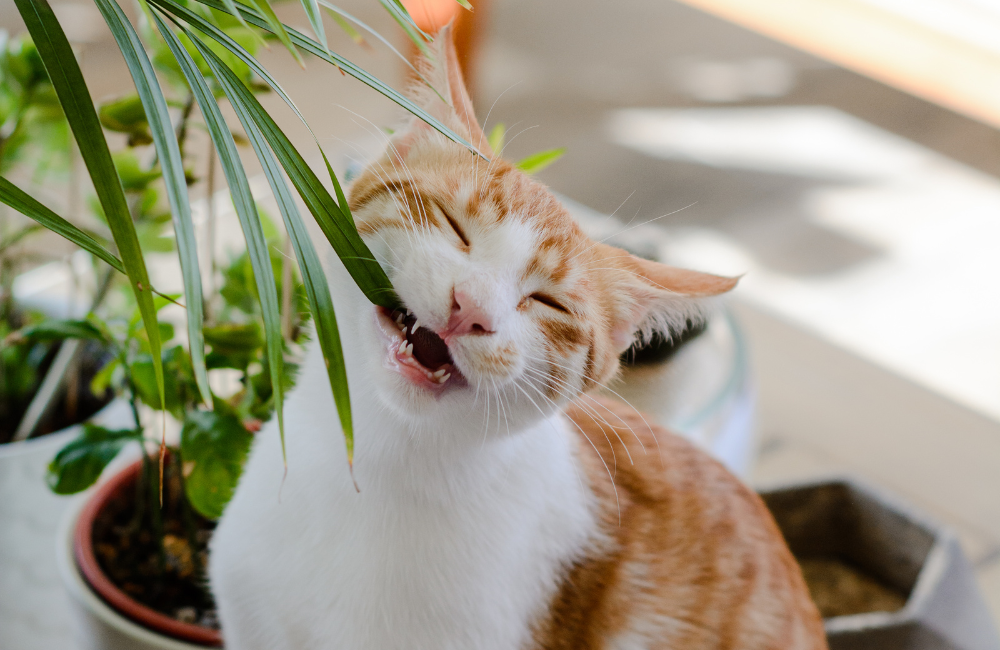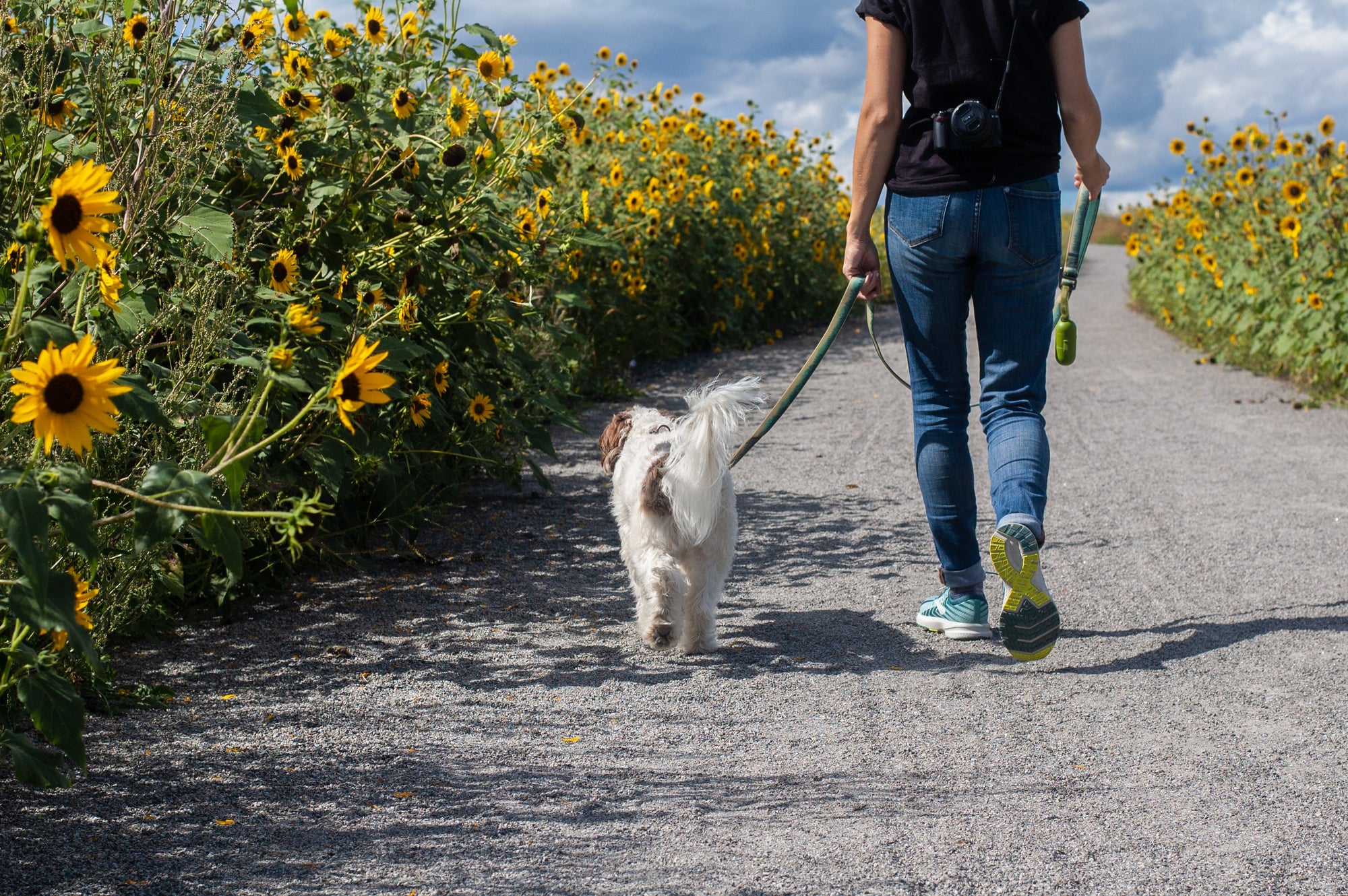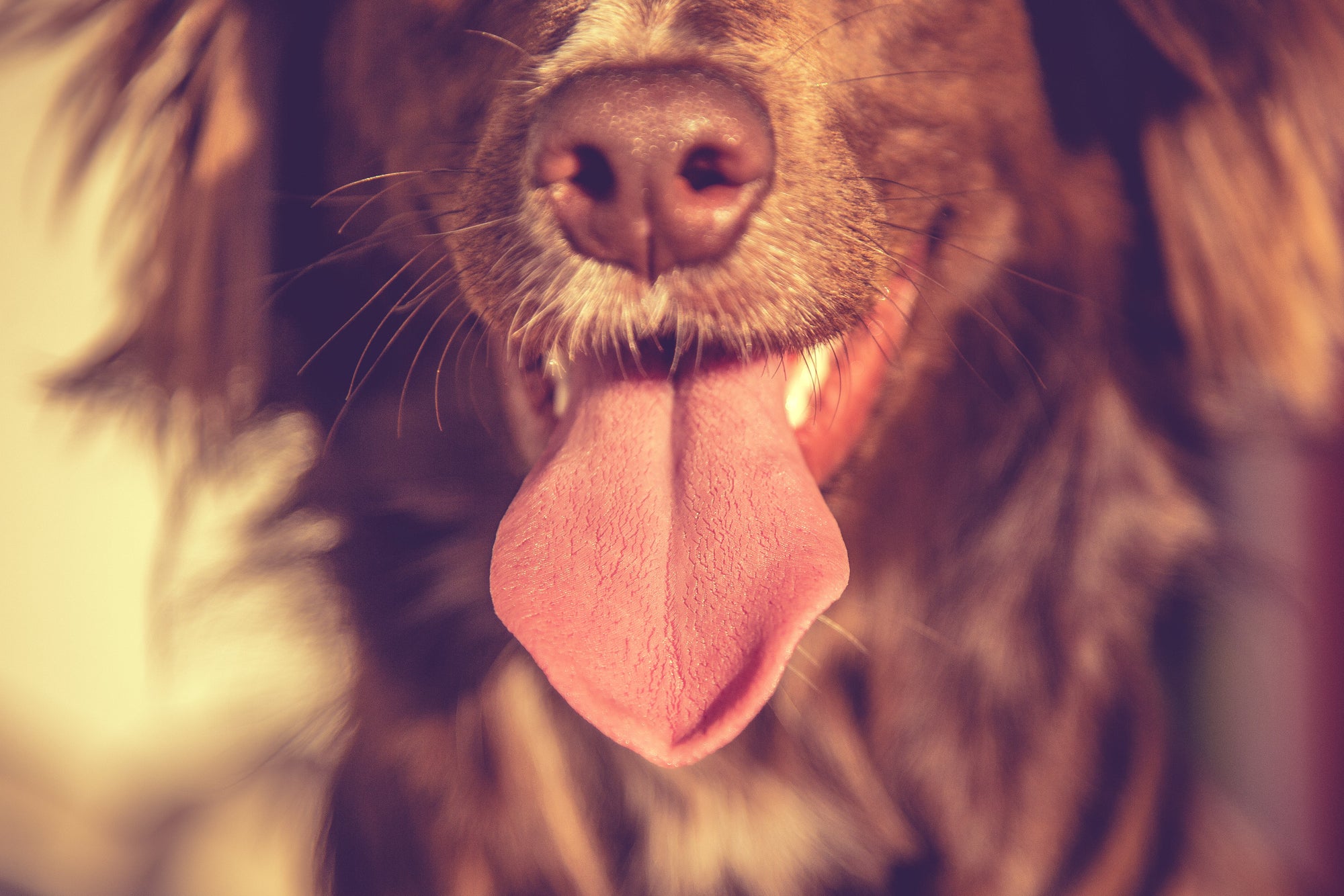One of the more popular passions these days is plants. Specifically, people are falling in love with houseplants and landscaping. New lifestyle trends emerge all the time but this is one we can get behind, as long as you consider the safety of your pets that also share your space with you.
And what’s not to love? Houseplants help filter the air, and they add splashes of color to a room. They also require time and care, some more than others. It’s easy to see why plants, in their own unique way, are becoming companions. Likewise, personal gardens and DIY landscaping have taken off as well. When cooped up at home, turning a backyard into an oasis can be a fun and healthy diversion.
Plant people are nurturing beings by nature. So, there is a high likelihood that furry companions also share their homes. Unfortunately, plants and pets don’t always mix. Pets are curious (and constantly hungry), and some of the most beautiful and popular indoor and outdoor plants are actually hazardous to their health.
Luckily, every person, pet, and plant can live in harmony with some prudent planning. Here are three of the most important safety tips for plant people.
Figure Out What You Have
Everyone should know the type of plants they have. From the experienced horticulturist to the first-time ivy-purchaser, education is critical to proper care. Learn the identities of all your plants, both inside and out. Keep a record of what they are and what they can do. Are they toxic to dogs, but not to cats? Are the leaves fine, but the stalks dangerous? What symptoms will indicate plant poisoning?
This inventory is a critical first step. Dangerous houseplants are not rare. Some of the most common plants are dangerous for pets. Every part of a plant can be toxic, from bulb to blossom. Their effects can range from skin irritation to death. The only way to ensure complete safety is to understand your plants and their potential effects.
Moving forward, ensure you research each plant before you bring it home. Note its dangers and any potential symptoms. And don’t stop with your own yard. Study the flora at dog parks, other families’ homes, and your neighbors’ yards. Knowledge leads to safety.
Compromise is Key
The easiest way to keep your pet safe is to get rid of problematic plants. To some, it might be an easy decision. There is plenty of room for compromise, though. If there is space, then designate a closed room as a plant room. In this case, pets will have no access, and the plants can thrive without curious noses poking around. Plus, this allows plant owners to stay on top of certain plants’ finicky climate needs.
Plants can also be moved out of reach. High shelves or countertops can keep toxic plants away. However, judge this option against the abilities of your pets. Cats might see a high shelf as a new perch to conquer, and some dogs can clear a counter with ease. If you have any doubts, then donate the problem plants to petless friends or family.
Outdoor areas also benefit from correct pruning of potentially problematic plants. Most everyone agrees that keeping the yard safe for pets is more important than a pretty (but dangerous) azalea. Check your edible gardens for plant varieties (such as tomatoes) that are toxic.
Start by eliminating existing plants that might cause health issues for your four-legged friends. Or, if you can’t bear to say goodbye to some of your favorite foliage, make an effort to create safe, pet-specific areas. After all, plants are only part of a pet-friendly yard. Your outdoor oasis should also include shaded rest and play areas with plenty of water. While you’re at it, consider making other changes that will be beneficial. Ditch the traditional grass for a safe ground cover that is gentle on paws. A favorite is Creeping Thyme. It’s safe, it smells great, and it only grows a few inches tall while covering the yard.
You can also continue to enjoy your favorite plants scents by using earthbath’s Soothing Stress Relief line of products, in our shampoo and spritz we combine eucalyptus and peppermint for a calming experience for you and your dog. You can also find the garden fresh scent of Lavender in our Coat Brightening Shampoo and 3-in-1 Deodorizing Spritz for your dog.
Have an Emergency Plan
Accidents can always happen. Pets are quick. One minute, you’re watching your cat meow at the corner; next, you’re trying to rip a Pothos leaf from its mouth. That’s why you need an emergency plan.
Since you already inventoried and identified your plants, you’ll recognize symptoms when they start. At the first sign of poisoning, contact the ASPCA Animal Poison Control number, (888) 426-4435. Next, call your nearest emergency or primary veterinarian. Be sure to state what the pet is doing, and what plant they ate. Immediate action is required in poisonings.
For added peace of mind, educate yourself on emergency first aid for animals. Learning and performing pet CPR while you transport your pet to the vet could save their life. A robust emergency plan is the best, last option to keeping your pets safe indoors and outside.
Houseplants and landscaping are hobbies that add fresh personalization to your home. And while there is a possibility that your precious plants can be harmful to your pets, you don’t have to toss your philodendron in the trash. Take steps to learn and understand what kind of plants you have. Move plants out of your pets’ reach, give them safe outdoor areas to play, and always have a plan in case of a poisoning emergency.
By Jessica Larson

